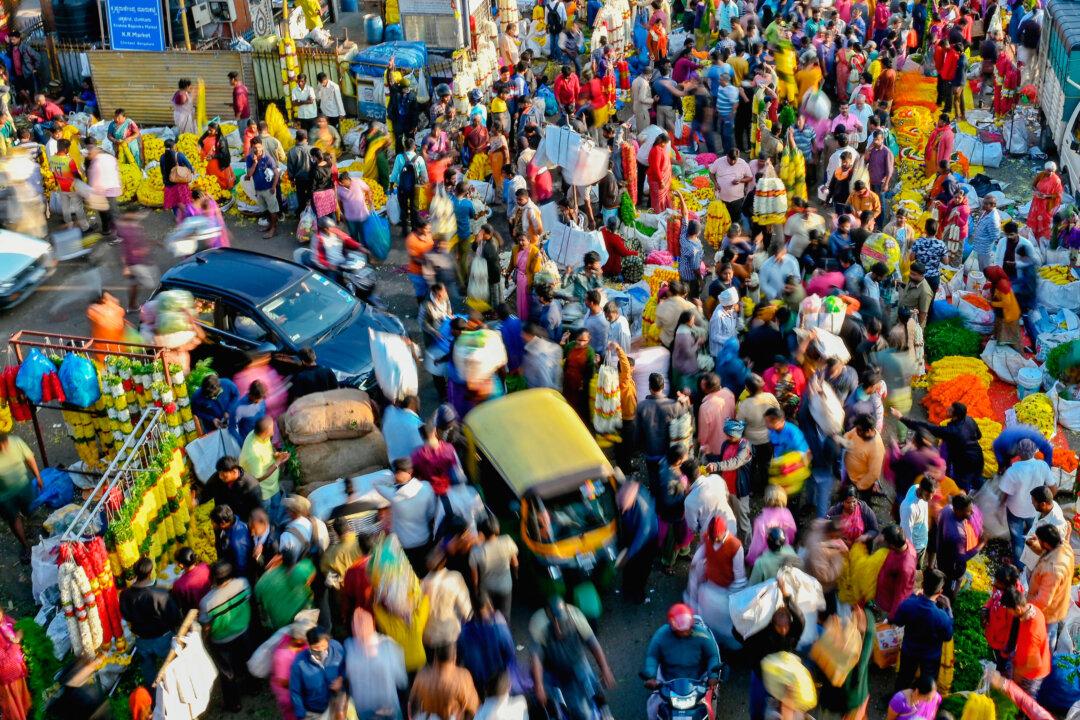According to the United Nations, this week, India will outstrip China as the world’s most populous country. This monumental change of status between the two Asian giants that share a long, militarized Himalayan border indicates the burgeoning possibility of change in their respective global statuses, enhanced competition, and the chance of war, according to experts.
Demographics play a key role in geopolitics which presents both opportunities and challenges, according to experts who said if India’s policymakers overcome the challenges, the population increase translates into massive political, economic, and military power, which threatens adversaries like China.





